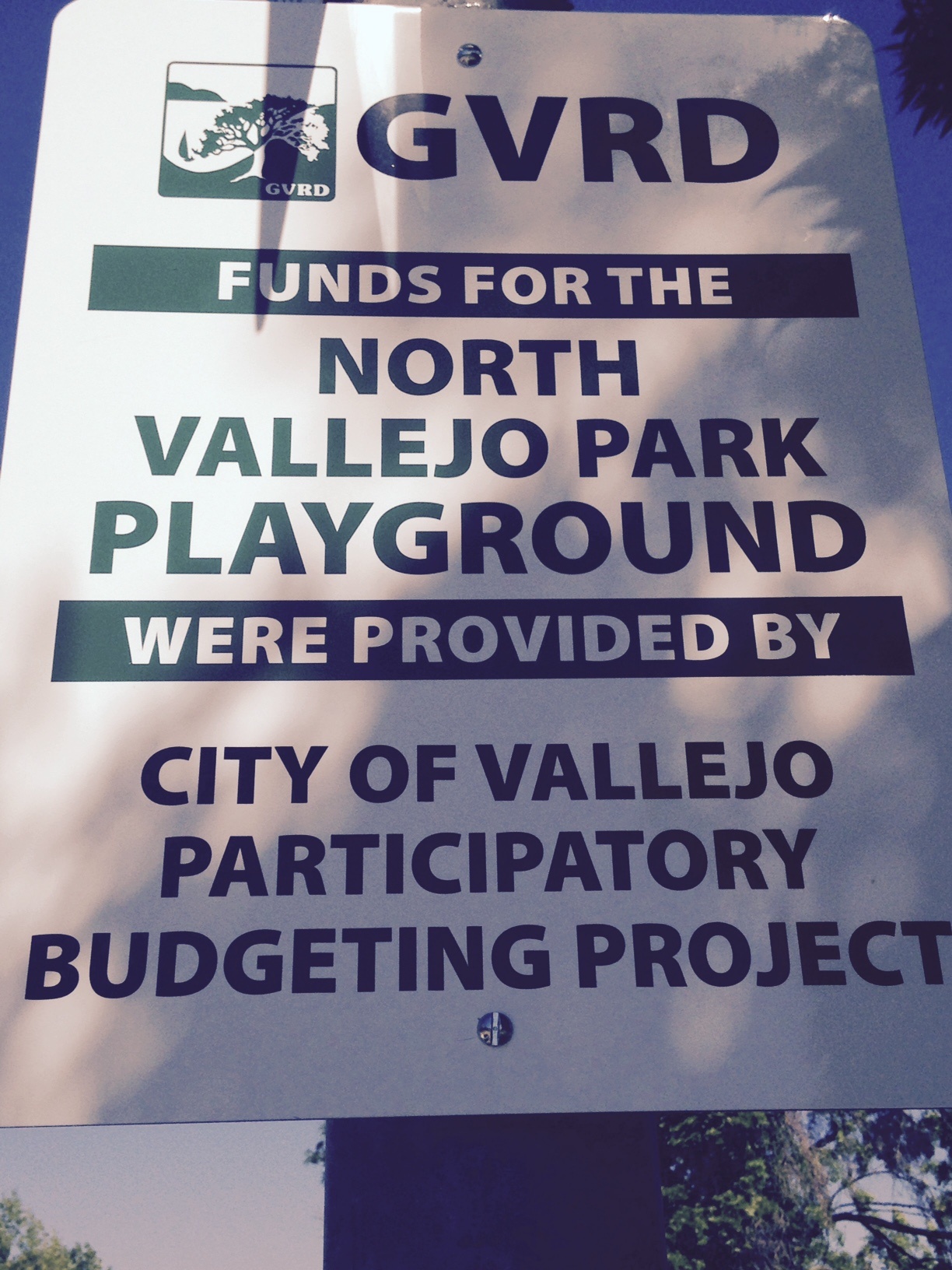You’re embarking on a new city-wide planning process or developing a long-range sustainability, resilience, climate action plan or similar. Chances are you want to go beyond “Our City's Sustainability Plan” if you want to effectively grab the public’s attention.
At this same time, local governments don’t often have the luxury -- in time or dollars -- of a robust branding exercise for every new program, initiative or planning process.
That’s why I asked Robin Samora to join me for our latest episode of the SAS Talk with Kim podcast. Robin is a friend who has worked with KLA on our branding and marketing strategies and who shared lots of great insight and tips that local governments can use to manage a smaller-scale, internal branding process.

One of the themes in my chat with Robin was the tendency -- not just at the local government level but across the board -- for our messages to convey the *what* of a particular service or initiative, instead of the WHY. Why does this particular initiative or program exist? Why is it important to people in your community? What’s the value proposition? Robin echoes the sentiments of branding experts the world over: branding is how you (your product, your service) make people feel. That’s why you need to get beyond calling it just a “Sustainability Plan” -- which is the what, not the why.
Part of that "why" value proposition is often a call-to-action (or "CTA"), particularly for cities who need their citizens to come to an event, give feedback on a proposed plan, make a lifestyle change, etc. That makes the delivery of your brand -- from the right spokespeople and “brand ambassadors” to targeted messaging and tactics -- critical.
Finally, you want to make sure to do due diligence in terms of institutional memory. Know your city’s branding (and any expectations of alignment with it), what market research already exists, what similar initiatives or programs have been promoted in recent years as well as what has worked and what hasn’t worked. That helps establish what messaging and tactics you might want to tap or, conversely, avoid.
In addition to KLA’s experience with Robin and other consultants in our own branding journey last year, we’ve worked with several clients to develop branding -- and attendant marketing collateral -- for their sustainability planning initiatives. (See some examples below.)
As a result, we’ve compiled a list of 20 questions to ask -- along with a few tips -- during the branding phase of your initiative.
- Will you be developing a separate graphic identity (i.e. logo, set of icons) for the initiative or program? Tip: If you don’t have internal design resources, consider a relatively cheap option like Logo Tournament.
- Will you need both a name and a tagline (i.e. mantra, motto, strap line) for the initiative or program?
- What is your city’s “brand personality”?
- Are there particular features or characteristics for which your city is already known -- i.e. historical figures or events, sports team, cultural, universities, personalities (grit, innovative, etc)?
- Does your city have a style guide or branding outline you need to follow (things like logo, typography, color, photography usage)?
- What efforts similar to a sustainability/resilience/climate plan has the City done in the last decade?
- What were they called?
- Are they still visible or in people’s memories?
- Was the overall reception positive or negative?
- What market research has been done in your community? Tip: Start with your Economic Development Department, Chamber of Commerce or your Convention and Visitors Bureau (or equivalent).
- What kind of research and testing, if any, have been done around messaging and concepts like "sustainability" "resilience" "climate action" and "livability"?
- What kind of message testing will you be able to do in advance of your initiative or program launch? Tip: You can pull together a simple focus group, online survey or social media contest to elicit feedback. Also, think about tapping a local high school or university class to support your research.
- What are some key words or phrases associated with your initiative or program? Tip: Do a "word storming" session (which you can do in person, over the phone or via a shared doc online) where key staff and stakeholders share words and themes -- be sure to include "words to avoid."
- What groups and individuals are considered leaders (or “influencers”) in your community?
- Do you have relationships with those people or ways to reach out to them?
- What target audiences (i.e. moms, lower income, seniors) will you be trying to reach?
- What is the core value proposition to them? Tip: Consult with groups and individuals who serve these communities to ensure your messages will resonate. Get concrete examples of the language your audience uses and primary issues impacting them.
- What are the best ways to reach these audiences -- and the barriers? Tip: Ask your community partners where these audiences can be found (in the physical community and online).
- What do most people in your community already know about the initiative, program or topic and what misperceptions might there be?
- Will you need to include translations for non-English speakers?
That's just a starting point, but if you take the time -- with the right people involved -- to answer these questions honestly and thoroughly you will be leaps and bounds closer to a final brand. The KLA team (in our KLA capacity and with previous clients/jobs) has worked with numerous local governments and community organizations to answer these questions, develop a brand and/or create basic guidance to pass off to designers, and ensure brand consistency across all outreach channels and collateral. Some examples of that work are below. It's a good reminder of the hard work, stories and meaning behind every brand you see.
Be sure to listen to our chat with Robin to get more insight.


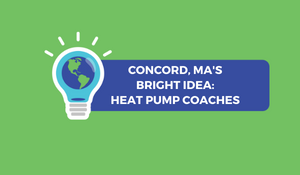
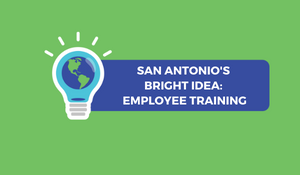
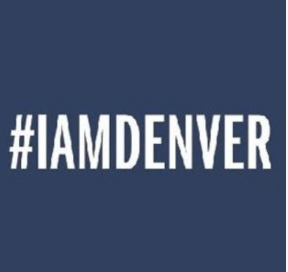

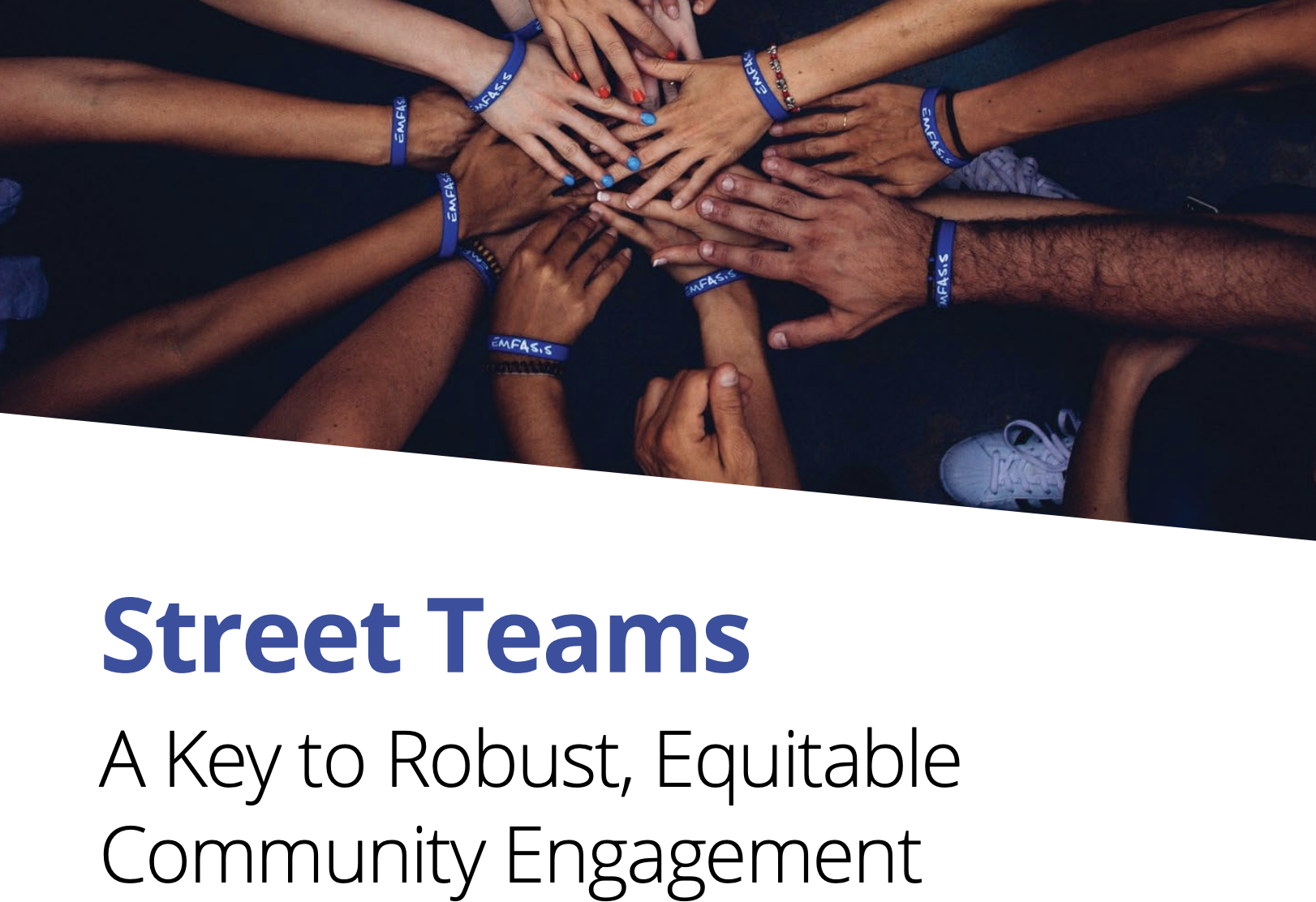

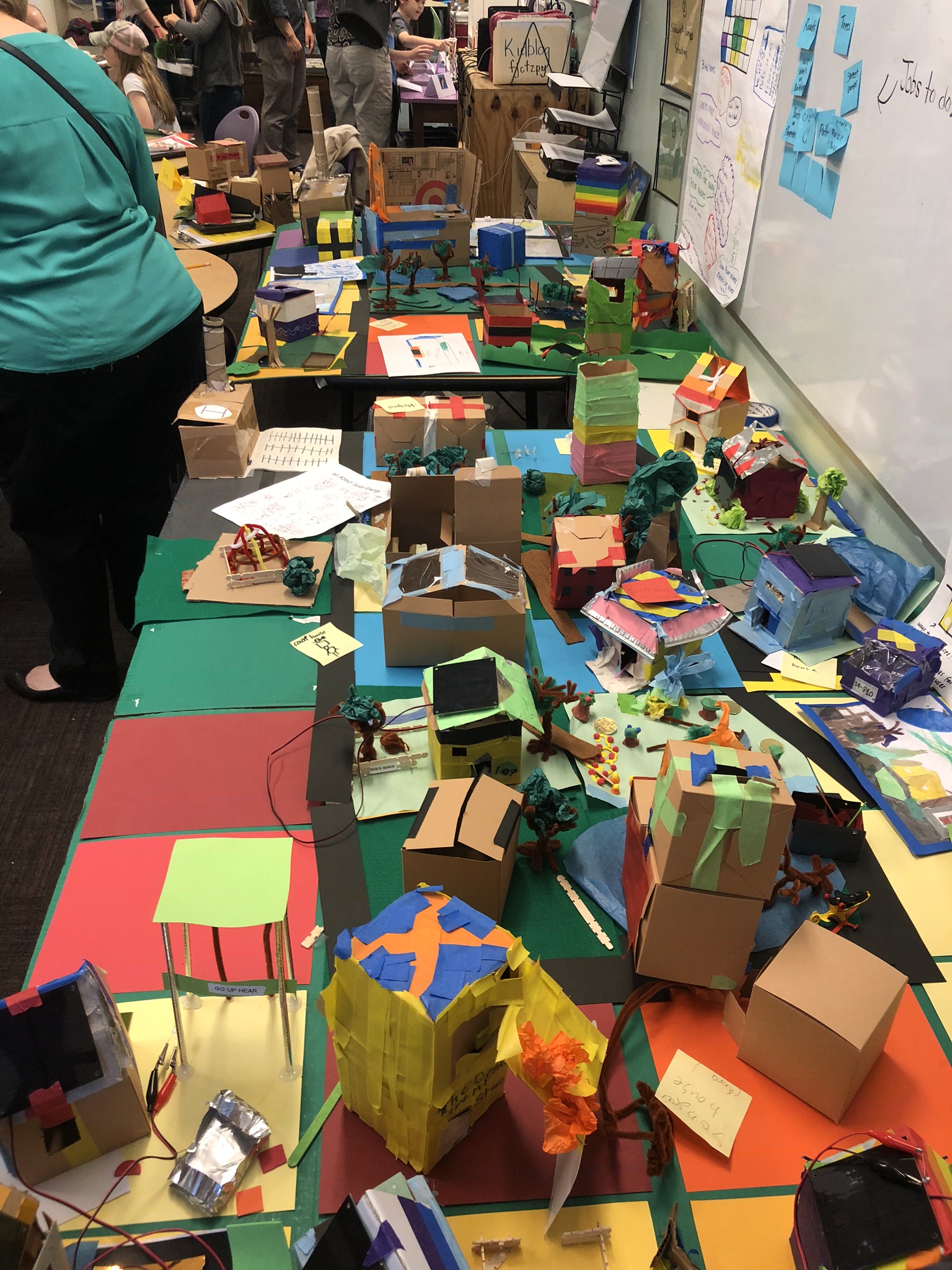
.jpg)
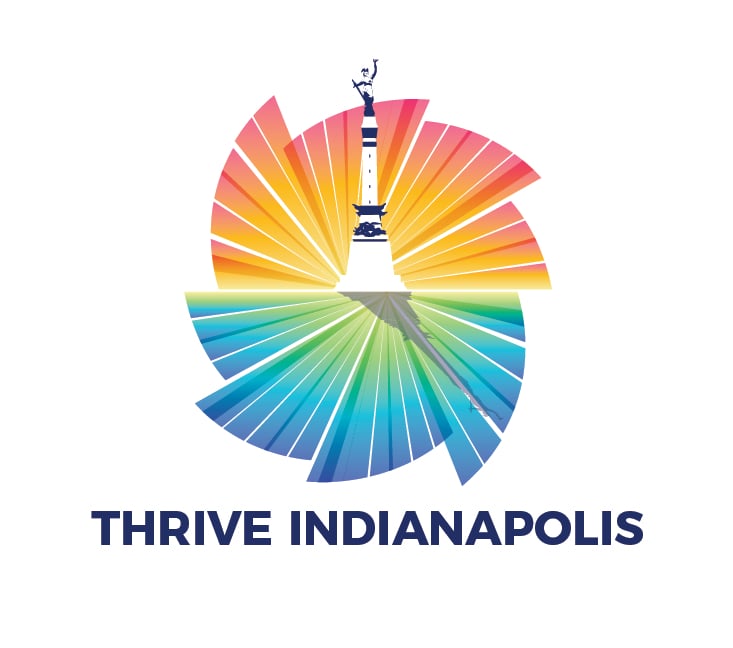
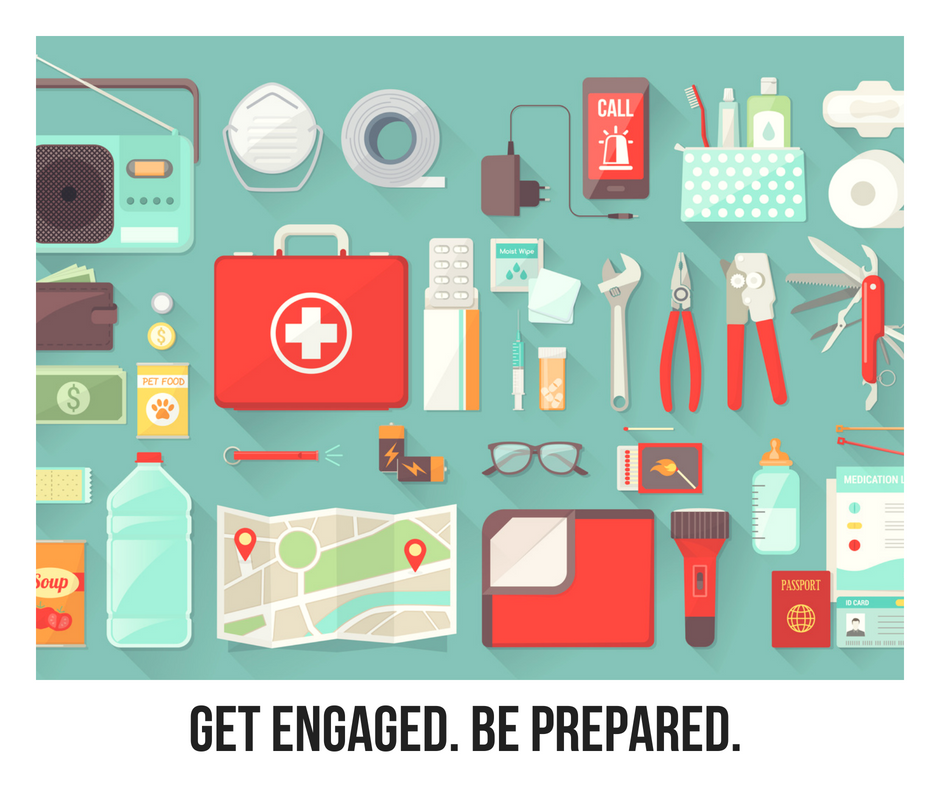
.png)

